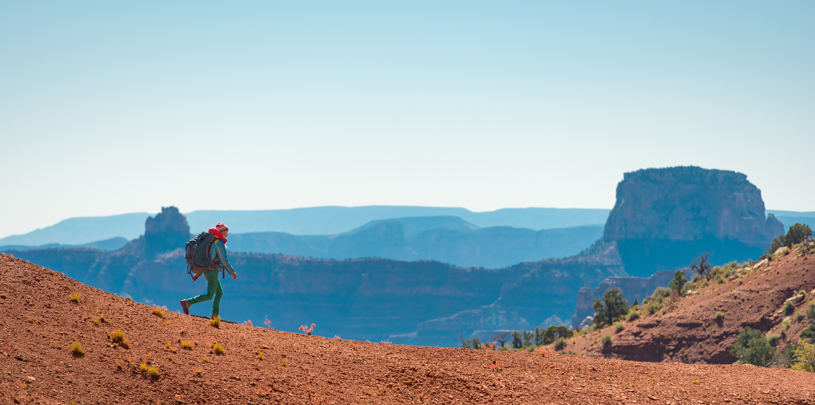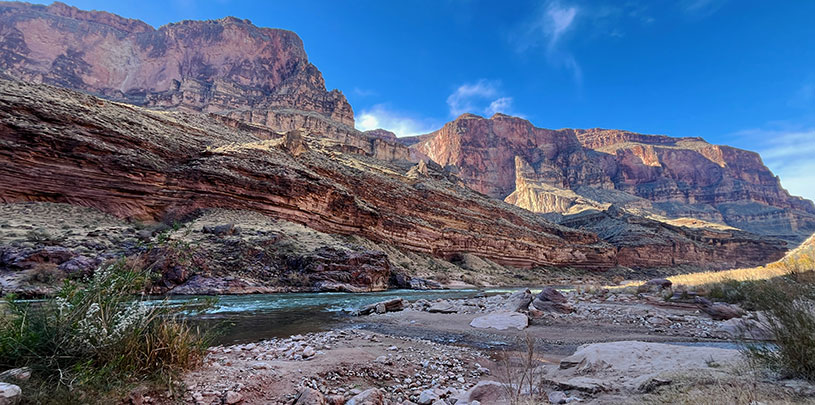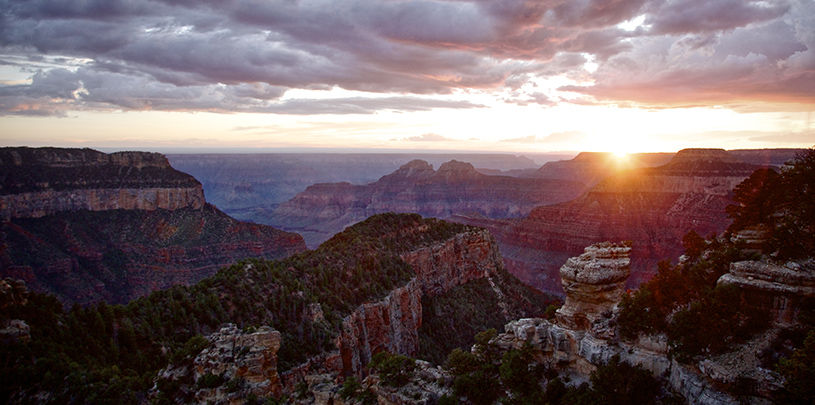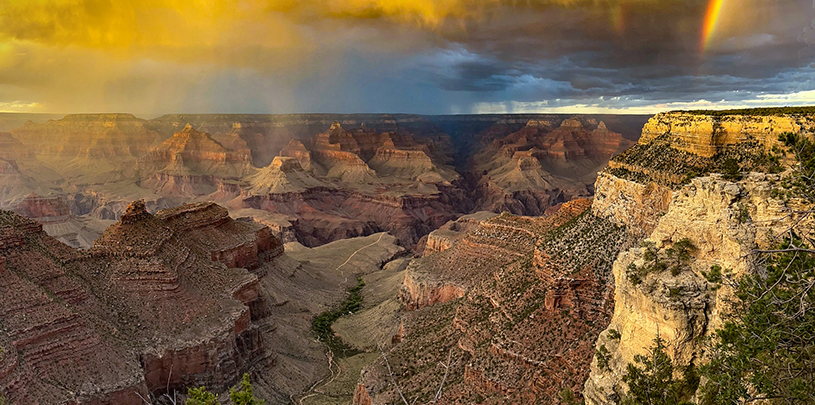
This week, supporters of the Grand Canyon mining ban saw a much-anticipated victory. Since the ban on new uranium claims on public lands surrounding Grand Canyon National Park was implemented in 2012, it has faced legal challenges from the mining industry. The challenges centered around the accusation that the ban was an example of overreach by the federal government. The mining industry lost its case first before the Arizona District Court in 2014, and then it lost an appeal before the 9th Circuit Court of Appeals in 2017. This week, we learned that the legal fight is, at long last, over. In a final bid to see the mining ban dissolved on legal grounds, the National Mining Association asked the Supreme Court earlier this year to hear its appeal. On Monday, that request was denied, affirming that the Grand Canyon mining ban has the right to exist.
Trump administration could still lift the mining ban
This good news is a very big step in the right direction, but our work isn’t done just yet. That’s because, while the legal framework for the mining ban has been affirmed, the administration could still decide that the ban itself is no longer needed. And despite small indications that Secretary Ryan Zinke’s Department of the Interior may support the mining ban, Grand Canyon advocates lack the reassurance we need to let down our guard.
Local elected officials and members of Arizona’s congressional delegation have requested a formal statement from the Interior Department supporting the mining ban, but so far those requests have gone unanswered.
Some hopeful hints that the Interior Department may support the ban came when the Trump administration defended the ban in court, just as the Obama administration had before it. We’re deeply grateful for the government’s savvy and forceful efforts to defeat the mining industry’s lawsuit, from the trial court to the U.S. Supreme Court. Yet whether that successful legal defense means that Secretary Zinke is committed to keeping the Grand Canyon mining hiatus intact — and pursuing the research that hiatus was meant to enable — isn’t beyond doubt. A host of complex considerations goes into the government’s legal strategies, leaving open the possibility that the secretary might yet want to pursue political channels to undermine or undo the withdrawal.
The second indication of possible support for the ban came via a tweet from the Interior Department’s press secretary in June 2018, admonishing sportsmen’s groups for “such a tremendous waste of precious conservation dollars” after the groups paid for billboards along the I-17 corridor in Phoenix, Arizona asking the public to contact the agency and urge the government to keep the mining ban intact.
The Grand Canyon Trust, in a meeting with Deputy Secretary of the Interior David Bernhardt in September 2018, got the message that the agency currently has “no reason” to reconsider the ban.
To be clear, we’re glad that the Interior Department seems to support the mining ban. But the mining industry says it will continue to advocate against the ban in the name of national security and some politicians continue to specifically ask for the ban to be rescinded.
Uranium quota investigation and critical minerals strategy
The Department of Commerce is in the midst of a uranium quota investigation and critical minerals strategy development that have significant potential to add political pressure to lift the ban. And a U.S. Forest Service recommendation to review and revise the ban is still floating in the ether of “no one knows what’s happening with that.” In short, this is why a simple “seems to” support the mining ban isn’t good enough.
In the world of advocacy, it’s important to celebrate the wins while remaining soberly aware of still-moving pieces. That’s what the Grand Canyon Trust is doing right now. The uranium quota investigation, the Commerce Department strategy around critical minerals, and pending Forest Service actions are moving pieces with the potential to change the playing field upon which the mining ban sits. In an attempt to stay ahead of these decisions, this fall we traveled to Washington, D.C. with representatives of the broad coalition of mining ban supporters to meet with the people behind these administrative processes. We’ve also participated in public comment opportunities around these important decisions.
The Grand Canyon Trust is doing everything in our power to make sure decision-makers know that supporters of the Grand Canyon are still watching and that we’re still at the table. Thank you for standing with us.





